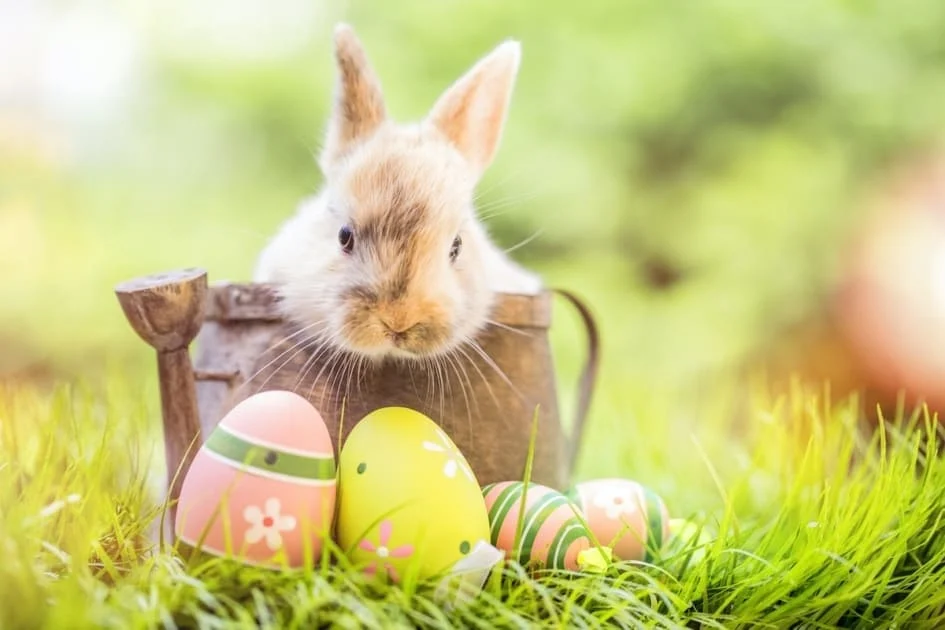Easter Day
Easter Sunday, or the Sunday of the resurrection, is celebrated in memory of the resurrection of Jesus. This day falls on the Sunday of the Easter weekend. The Easter weekend has a variable date and takes place at different times each year, between March 22 and April 25. Easter falls on the first Sunday after the first full moon after the vernal equinox.
This day is of the utmost importance in the Christian church because it celebrates the resurrection of Jesus after being buried on Good Friday. Easter Day is associated with worship services and Easter hymns. The services have many expressions of joy. White textiles, lilies and candles that adorn the altar are all associated with joy.
Easter Day is celebrated in the church and in the Swedish folk home. In the homes, Easter food goes hot all Easter weekend. Eggs, lamb, pickled salmon, Jansson's temptation and many other goodies are eaten. Eggs go hand in hand with Easter and the eggs are a symbol of life, which is connected with the resurrection of Jesus. The egg represents life and from the hard shell, which is a symbol of the tomb, Jesus emerges. Furthermore, the color theme is yellow. Yellow decorations are everywhere throughout the Easter weekend. The yellow color is also associated with the egg, or rather the chicken that comes from the egg.
Pentecost
Pentecost falls 10 days after Ascension Day and 7 weeks after Easter. The Christian tradition is celebrated in the church. The purpose is to remember that the Holy Spirit appeared to the disciples and thus also formed the first Christian church. Therefore, Pentecost is usually seen as the church's birthday. Pentecost is also called the time of rapture. Historically, Pentecost has been centered on the celebration of the church building. The church has been decorated with, among other things, leaf litter and candles. In an even older tradition, Pentecost has been a day of sacrifice. Here a Pentecostal bride was brought to the church halls and from yard to yard to solicit gifts. She was dressed in wedding clothes, though usually not of as good quality as at a real wedding. The tradition of Pentecostal bride became something controversial which today has a completely different meaning, as it is common to get married on Pentecost.

